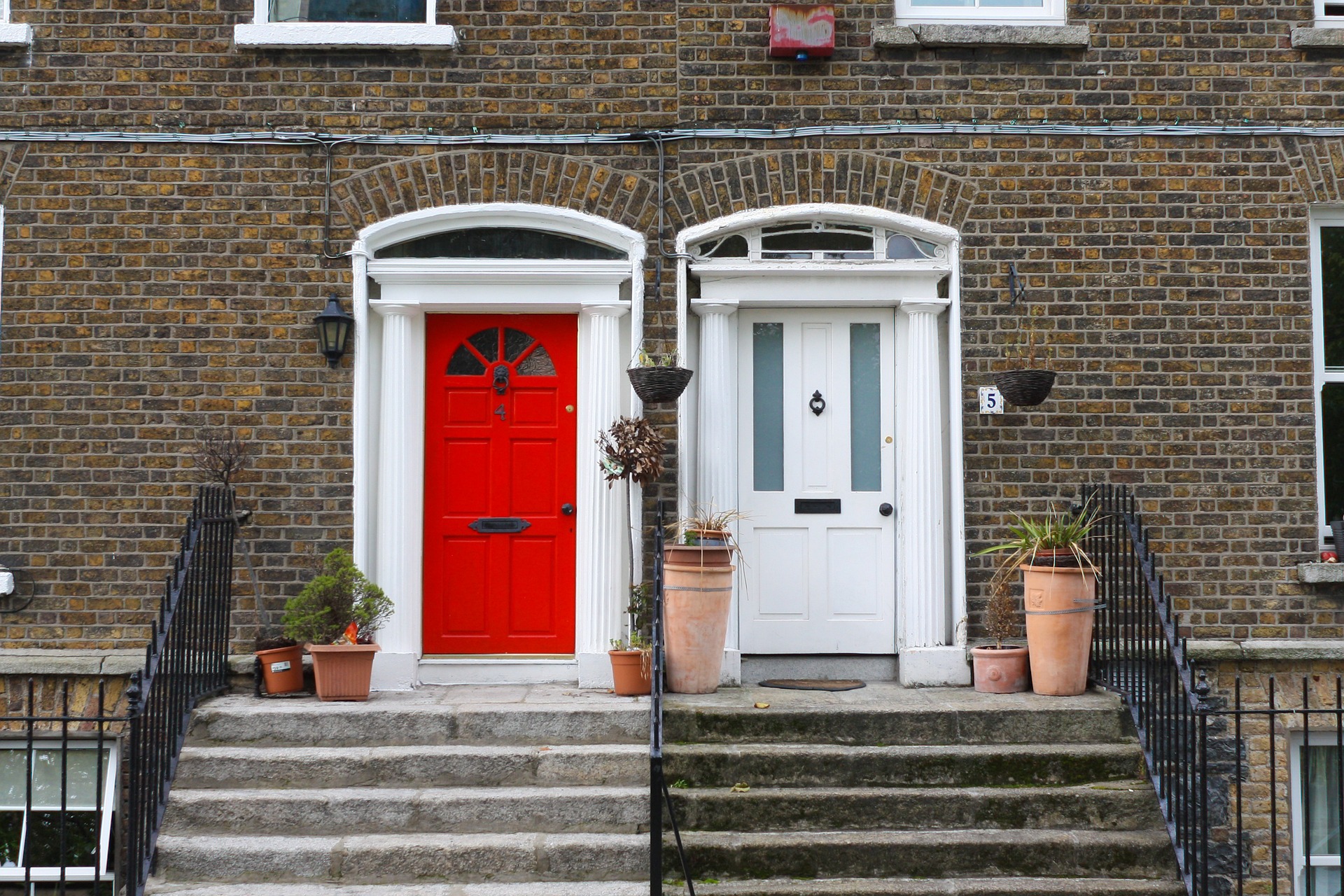If you’ve bought a newer home, you’d expect it to have the most modern and up-to-date insulation possible…right?
All heating is reliant on decent insulation to offer good value for money. But because gas is typically cheaper than electric heating, you can sometimes get away with subpar insulation without your bank account necessarily noticing there’s a problem.
Given that gas is being phased out of most new homes, you’d think that housing estate developers would want to make sure that electric heating is given the best possible chance.
But, that’s not quite true…
The Problem…
Up until December of 2022, the UK government had a manifesto pledge to build 300,000 homes per year by the middle of the decade, as an attempt to address housing shortages.
However, this put a lot of pressure on local authorities to meet deadlines as fast as possible.
There’s an old saying, ‘you can have something done well, quickly or cheap: pick two.’
The decision most local authorities have taken is quick and cheap. We now have a lot of houses with shoddy insulation that are racking up the bills of their owners.
Air Tightness
Cheap skirting boards can often get gaps and holes in them, which leads to massive air leakage. Air will flow behind the plasterboard dry lining, escaping your house.
This can be covered up with mastic, but this is often removed after any insulation inspections are done because it doesn’t look nice.
Dry Lining
Dry lined walls are great for insulation, because they leave cavities behind themselves that can be filled with more insulation. However, where inferior insulation is used, or where the gaps are not air tight, this can lead to heat leakage.
In particular, gap sealing is a major concern in this area. Sometimes where this adhesive is placed, a lower grade is used, so it will degrade after you’ve been living in the house for a short time.
Loft Insulation
Laying loft insulation to take air tightness into account is a vital part of properly insulating your ceiling cavities. Heat rises, so this is where the vast majority of warmth (about a quarter, overall) will escape your home.
In some cases, the seal line and the position of the insulation don’t line up properly, causing leakages even when the insulation looks correct.
The Solution…
- Get things checked out…
We have surveyors for a reason. You’d never go without one when buying an older home, so don’t skimp on one for a new build. While there are many reputable estate builders out there, they can all be tempted to cut costs, so it’s worth getting a neutral party involved.
One non-standard survey to consider when surveying your potential new home is a thermal imaging survey. This will show you if there are any major problem areas of air leakage.
- Upgrade what’s there…
If you’ve already moved in and found there’s a problem with your insulation, this should be you first stop when upgrading your home heating.
That’s right, before considering air source heat pumps, electric boilers, infrared panels, underfloor heating, or even a replacement gas boiler, sort your insulation out first.
Cavity wall insulation, for instance, will cost you about £400-£700 (depending on the size of your house) while saving you about £55 a year. Getting your loft insulated will typically costs about £500 and could save you as much as £315 a year.
Good insulation will make any form of heating better at its job.
Once you’re ready to look into your heating proper, get in touch with us. You can give us a call on 0116 436 2250 to get started. Alternatively, drop us an email at sales@mirrorstone.co.uk.
You can also request a FREE catalogue to be sent direct to your door. Simply hit the button below and fill the form out, we’ll handle the rest.

